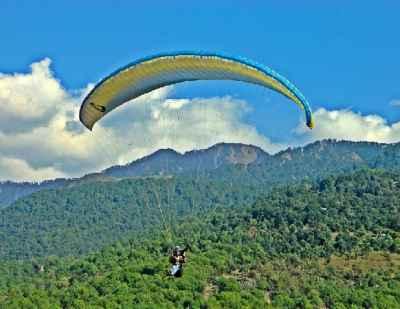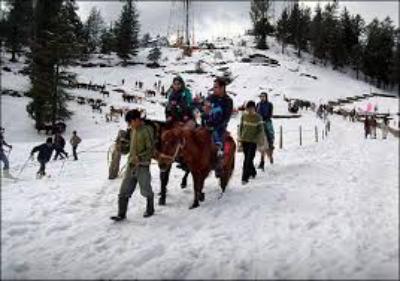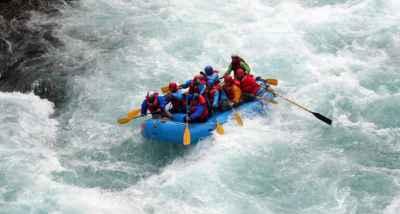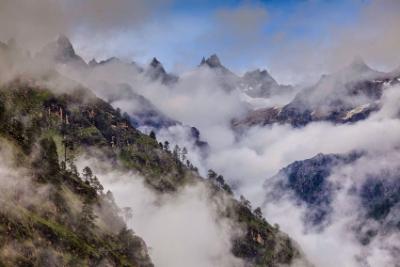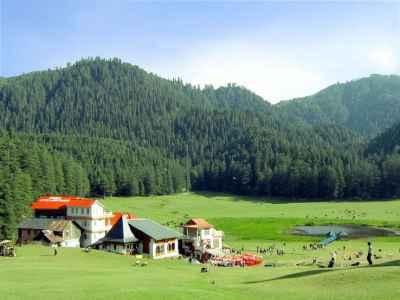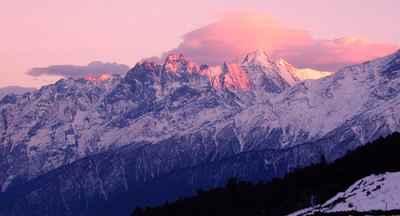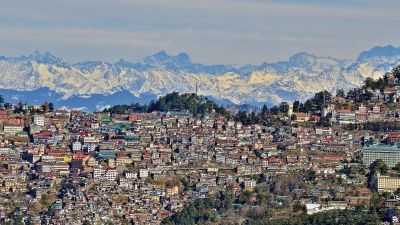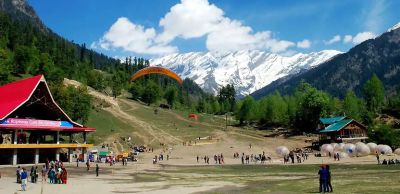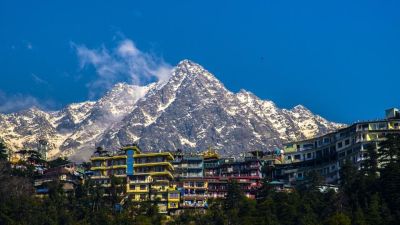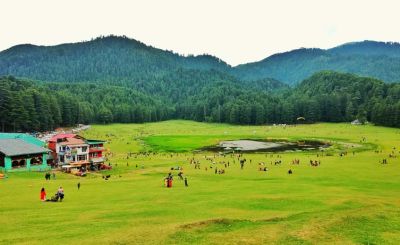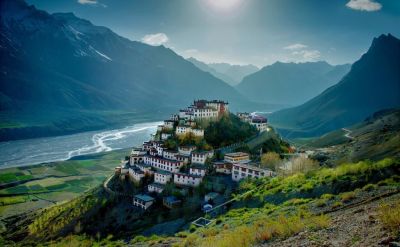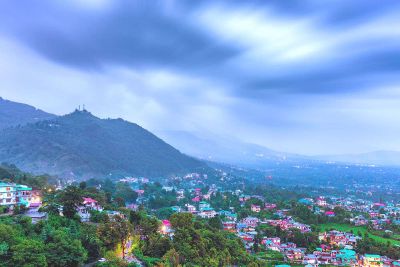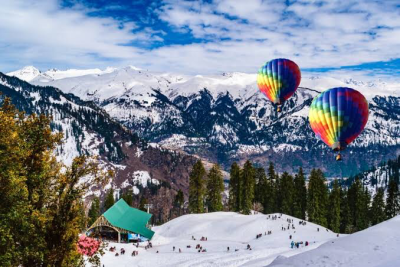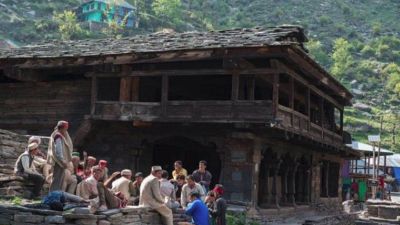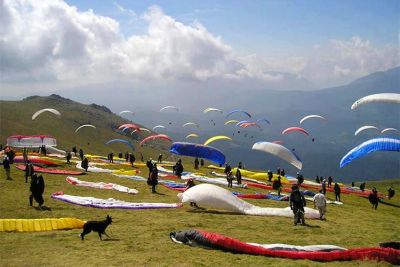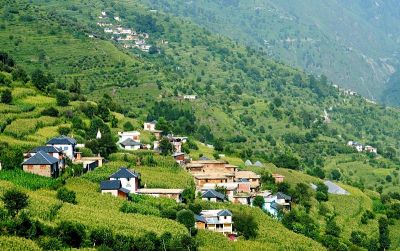Preparing for High Altitudes: Family Health Tips for Himachal Tours
Planning a trip to the beautiful state of Himachal Pradesh in India? Nestled in the mighty Himalayas, this region boasts of stunning landscapes, adventure activities, and a rich cultural heritage. Whether you are visiting the popular tourist destinations like Shimla, Manali, or Dharamshala, or venturing off the beaten path to explore remote villages and trekking trails, one thing to keep in mind is the high altitude of this region.
Understanding High Altitude Sickness
As you venture higher into the mountains, the air becomes thinner and the amount of oxygen reduces. This can lead to a condition known as high altitude sickness or acute mountain sickness (AMS). Symptoms of AMS include headache, nausea, dizziness, fatigue, and shortness of breath. In severe cases, it can progress to high altitude pulmonary edema (HAPE) or high altitude cerebral edema (HACE), which can be life-threatening.
It is essential to prepare yourself and your family for the challenges of high altitude before embarking on your Himachal tour. Here are some health tips to ensure a safe and enjoyable trip:
1. Gradual Altitude Gain
One of the best ways to acclimatize to high altitude is to ascend gradually. Avoid flying directly to high altitude destinations as it increases the risk of AMS. Instead, spend a couple of days in a lower altitude place like Shimla or Manali to adapt to the change in altitude before heading further up into the mountains.
2. Stay Hydrated
Hydration is key in managing high altitude sickness. Drink plenty of water and avoid alcohol and caffeine, as they can contribute to dehydration. Carry a water bottle with you at all times and make it a habit to sip on water frequently.
3. Eat Light and Healthy Meals
Avoid heavy and oily meals that can make you feel sluggish at high altitude. Opt for light, nutritious meals that are rich in carbohydrates and easy to digest. Include foods like fruits, vegetables, whole grains, and lean proteins in your diet.
4. Medications for Altitude Sickness
Consult your doctor before your trip and discuss the possibility of taking preventive medications for altitude sickness. Medications like acetazolamide can help in managing and preventing AMS. However, they should only be taken under medical supervision, as they may have side effects or contraindications.
5. Take it Easy
Listen to your body and take it easy during the first few days at high altitude. Avoid strenuous activities and allow your body to adjust to the altitude. Take breaks, rest when needed, and avoid overexertion.
6. Dress in Layers
High altitude regions can have unpredictable weather, with temperatures varying throughout the day. Dressing in layers allows you to adjust your clothing according to the changing weather conditions. Carry warm clothing, including a good quality jacket, gloves, and a hat.
7. Stay Warm and Protected
Protect yourself from the harsh mountain sun by wearing a good quality sunscreen, sunglasses, and a hat. The sun's rays are stronger at higher altitudes and can cause sunburns quickly. Apply sunscreen generously, even on cloudy days.
8. Recognize the Signs of Altitude Sickness
It is important to recognize the signs of high altitude sickness in yourself and your family members. Be aware of the symptoms like headache, nausea, dizziness, and fatigue. If anyone in your family experiences severe symptoms or their condition worsens, seek medical help immediately.
By following these health tips, you can ensure a safe and enjoyable Himachal tour for the entire family. Remember, acclimatization and prevention are the keys to combating high altitude sickness. Take it slow, stay hydrated, and be prepared for any weather conditions. The breathtaking beauty of the Himalayas awaits you!
Conclusion
Exploring the majestic mountains of Himachal Pradesh can be a dream come true for many families. However, it is crucial to prioritize your family's health and take necessary precautions for high altitude travel. With proper preparation, acclimatization, and a little care, you can enjoy a memorable and safe adventure in the Himalayas. So pack your bags, embrace the mountains, and create cherished memories with your loved ones.
Don't forget to share this blog post with your fellow travel enthusiasts who might be planning a trip to Himachal Pradesh. Happy travels!
Disclaimer : The information provided in this blog is for general informational purposes only. While we strive to keep the content accurate and updated, TravelSetu assumes no liability for errors or omissions. If you believe any part of this blog infringes your rights or causes concern, please notify us immediately at info[at]travelsetu[dot]com so that appropriate action can be taken.

